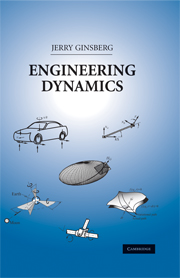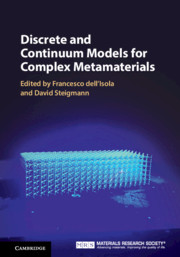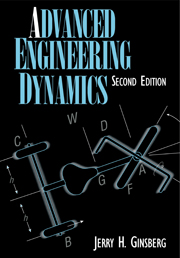Engineering Dynamics
This text is a modern vector-oriented treatment of classical dynamics and its application to engineering problems. Based on Ginsberg's Advanced Engineering Dynamics, 2nd edition, it develops a broad spectrum of kinematical concepts, which provide the framework for formulations of kinetics principles following the Newton-Euler and analytical approaches. This fresh treatment features many expanded and new derivations, with an emphasis on both breadth and depth and a focus on making the subject accessible to individuals from a broad range of backgrounds. Numerous examples implement a consistent pedagogical structure. Many new homework problems were added and their variety increased.
- 414 homework problems
- Many new examples
- Art has been redrawn and enhanced
- Solutions manual provided by the author
Product details
February 2009Adobe eBook Reader
9780511473937
0 pages
0kg
414 exercises
This ISBN is for an eBook version which is distributed on our behalf by a third party.
Table of Contents
- Preface
- 1. Basic considerations
- 2. Particle kinematics
- 3. Relative motion
- 4. Kinematics of constrained rigid bodies
- 5. Inertial effects for a rigid body
- 6. Newton-Euler equations of motion
- 7. Introduction to analytical mechanics
- 8. Constrained generalized coordinates
- 9. Alternative formulations
- 10. Gyroscopic effects.





